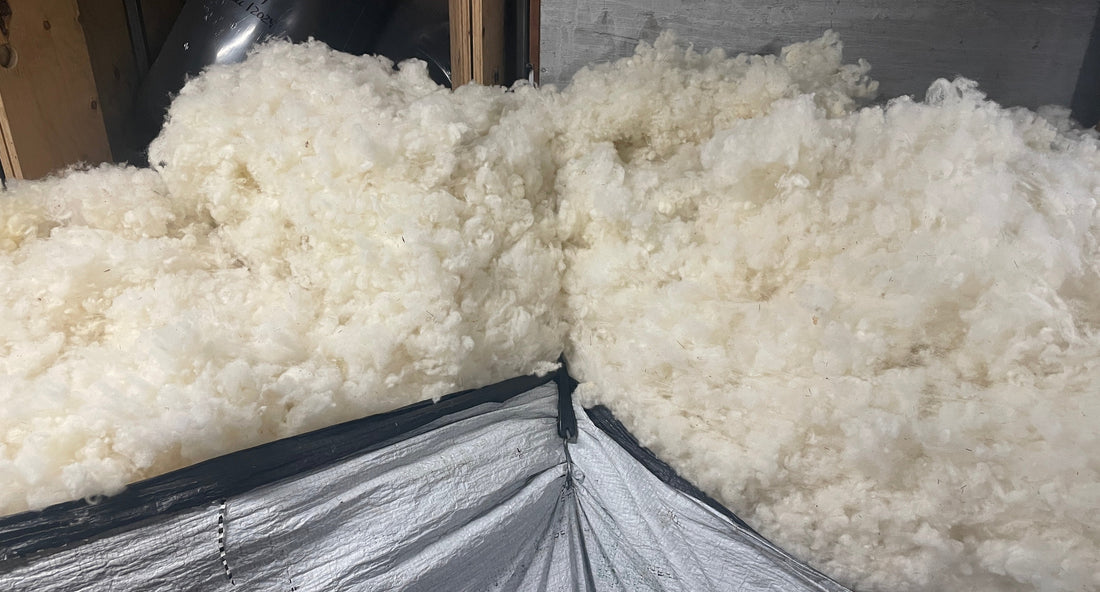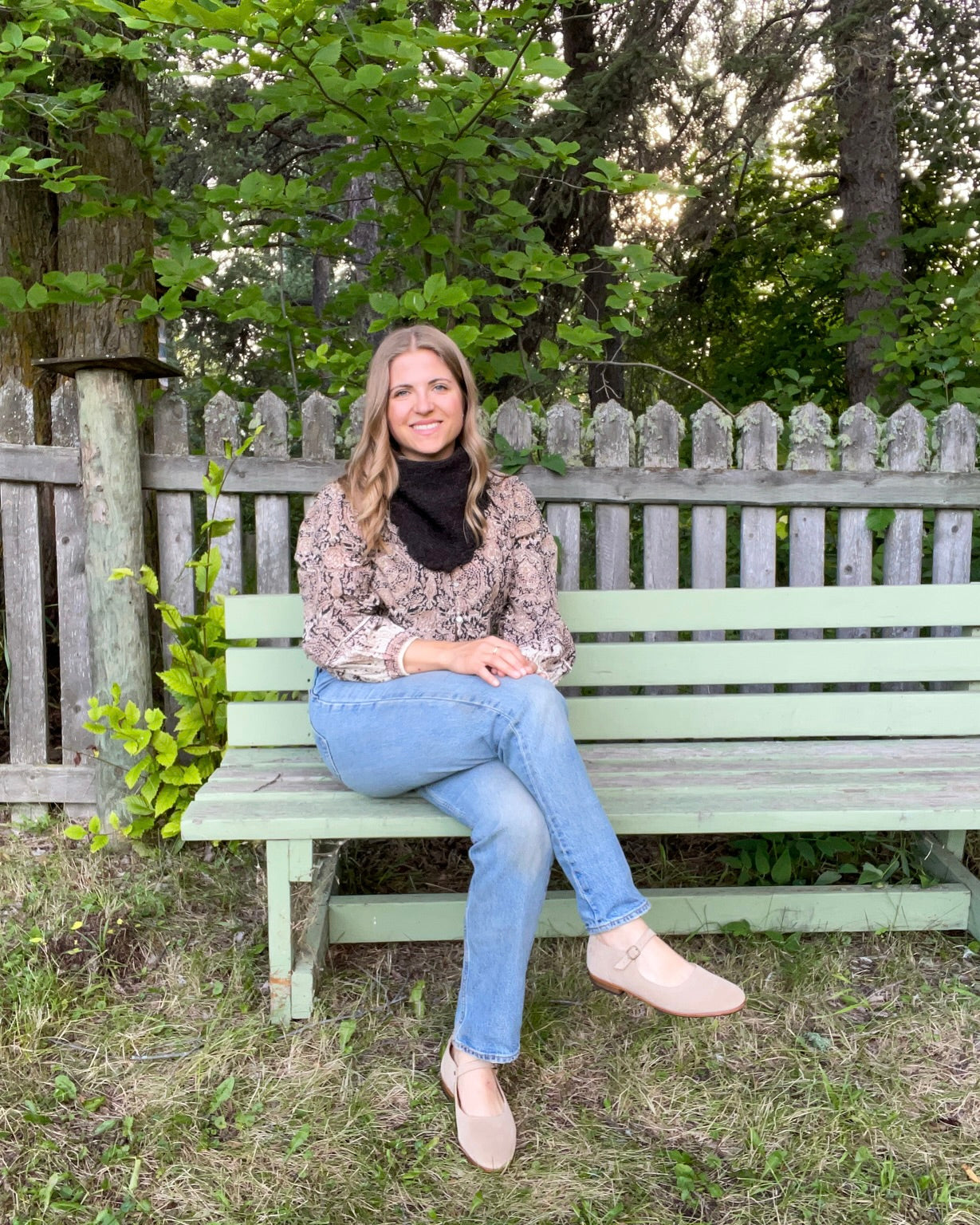
Why I Choose Undyed Wool
Share
When most people picture a sheep, they imagine a fluffy white merino. But sheep come in many shades, from creamy oatmeals, warm browns, silvers, even deep charcoals. Undyed wool simply preserves those natural fleece colours, spinning them into yarn without added dyes or chemical alterations.
Wool itself is already a remarkable fibre. It’s renewable (sheep regrow their fleece every year), biodegradable, breathable, and insulating. It doesn’t shed microplastics when you wash it, unlike synthetics. But when wool is left undyed, those benefits multiply.

The Process
Turning raw fleece into undyed yarn is a simple, gentle process. Sheep are shorn once a year for their health and comfort. The fleece is skirted to remove unusable parts, washed (or “scoured”) to remove lanolin and debris, carded, and spun. That’s it.
By contrast, producing dyed wool often means bleaching, carbonising with strong acids, and industrial dye baths - processes that consume water, energy, and chemicals. To give you some stats, the textile industry accounts for about 20% of all industrial wastewater worldwide, and dyeing is a major culprit. A single ton of wool can require up to 120 cubic meters of water just for dyeing.

The Benefits of Undyed Wool
- Water and chemical savings: Skipping dyeing avoids enormous resource use and pollution.
- Healthier garments: No toxic dye chemicals worn next to your skin.
- Stronger fibres: Undyed wool retains more of its natural softness and resilience, meaning garments last longer.
- Compostability: At the end of its life, undyed wool returns to the soil, releasing nutrients and supporting plant growth.
- Design beauty: Natural flecks, tonal shifts, and speckles give undyed yarn depth and character that dyed yarn masks.

Why it Matters
For me, choosing undyed wool is about celebrating both beauty and responsibility. It’s a way to honour the land and animals that give us this fibre, while creating garments that feel good to wear and good to live with. My knitwear is so natural it can even be composted at the end of its life - cycling nutrients back into the soil and giving back to the environment rather than polluting it. To me, that’s what circular design looks like.
A Note on Colour
I haven’t completely written off colour. Natural dyes offer a beautiful alternative. I am working with the women at Traceable Textiles in Edmonton to learn how to dye garments with flowers foraged in my area. Stay tuned.
